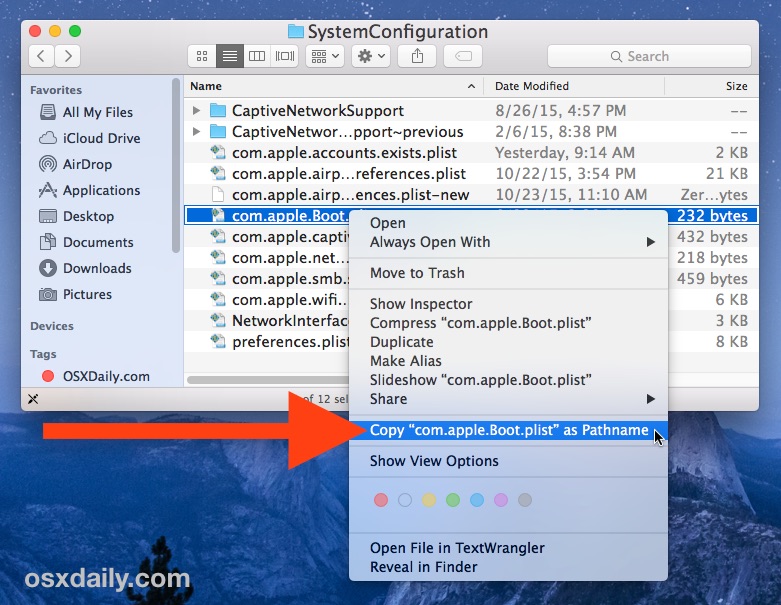Change Text In Access For Mac In Form View

• • Design View can make it easier to set up a table. It provides a different view of the table to Datasheet View, and is typically used to configure the table. You can use Design View to create a tables, set up data types for each field, specify default values, specify how data should be entered and displayed, and more. Generally speaking, most tasks can be achieved using either Design View or Datasheet View, however there are some advanced settings that can only be changed in Design View. Also, you might find that you prefer to do certain tasks in Design View and other tasks in Datasheet View. Datasheet View vs Design View Here's a quick comparison of Datasheet View and Design View: • Datasheet View Datasheet View is what we used when we created our table previously. Datasheet View displays the table as a grid.
To change the default view to Draft view when a Word 2010 or later versions document is opened, follow these steps: Click the File Tab, and then click Options. Click Advanced. Under General, click to select the Allow opening a document in Draft view check box. On the View tab, click Draft in the Document Views group. To add a control, you need to open the form in design view. This will lock the database exclusively, so if the database is used by multiple users, you MUST have a split frontend/backend design where each user has an individual copy of the frontend.
The fields are displayed as columns, and the records are displayed as rows. The field names are listed as the column headers. Datasheet View displays the data. If this table had data, it would be displayed in the cells. Each row represents a record.
If the table had say, five records, there would be five rows of data. In Datasheet View, if you want to find out a field's data type, you need to select that field, then select the Fields tab on the Ribbon.
The field's data type and other properties will be listed on the right side of the Ribbon. • Design View Design View doesn't display any data. Therefore, there's more space available to display other settings. In Design View, the fields are listed vertically.
They are listed above and below each other as opposed to side-by-side. In Design View, you can see the data type listed next to each field. The way Design View works is, when you click on a field (in the top frame), the bottom frame displays the properties for that field. You can then change these properties as required.
We will now use Design View to do two things: • Create a new table • Set field properties for our Create a new Table in Design View So now that we've established that Design View and Datasheet View are just two ways of looking at the same table, let's go ahead and create a table in Design View. • Create the Table Click Table Design from the Ribbon (ensuring that the Ribbon is on the Create tab). A blank table called Table1 will be displayed in Design View. • Add Fields to the Table Now we will enter each field and select their data type. In the first cell under Field Name add a field called GenreId.

Select Autonumber as its data type. Under that field, create a new one called Genre and select Short Text for its data type.
Justify text. When you justify text, space is added between words so that both edges of each line are aligned with both margins. The last line in the paragraph is aligned left. Click anywhere in the paragraph that you want to justify. On the Home tab, under Paragraph, click Justify Text. Word 2010 and 2007 for Windows. From the tab, open the Page Setup. Dialog box (using the button in the lower right corner of the Page Setup group). Select the tab. To give your paragraph full justification, press Ctrl+J or click the Justify command button. Fully-justified paragraph formatting is often used in newspapers and magazines, which makes the narrow columns of text easier to read. Word makes each side of the paragraph line up by inserting tiny slivers of extra space between words in a paragraph. How to justify text in microsoft word for mac. Nov 19, 2018 How to remove weird justified spacing in Word for Mac 2016 I've seen several posts on how to find the advanced setting for Word to make shift-return not show the weird spacing for justified text, but this option doesn't seem to exist on Word for Mac 2016.
Ms Access For Mac
• Change the Genre Field Properties Ensuring the Genre field is selected (by clicking on it), look at the bottom Field Properties frame. Double-click somewhere in the Required row, so that the value now reads Yes. Now, double-click in the Allow Zero Length field so that it changes to No. We have just made the Genre field a required field — all records must have a value in this field, and it can't just contain a blank string. A primary key is the unique identifier for the table.
Each value in this field will be unique — no two records in the table can have the same value in the primary key field. This is why we set it to Autonumber. Access will automatically generate a number each time a new record is created.
Note that a table can only have one primary key. • Save the Table Right-click on the Table1 tab and select Save from the drop down list.
Access For Mac Free Trial
Call the table Genres and click OK. Set the Field Properties for an Existing Table You can also use Design View to edit any existing table. Whether the table was created in Design View or Datasheet View doesn't matter. Any table can be edited in Design View.